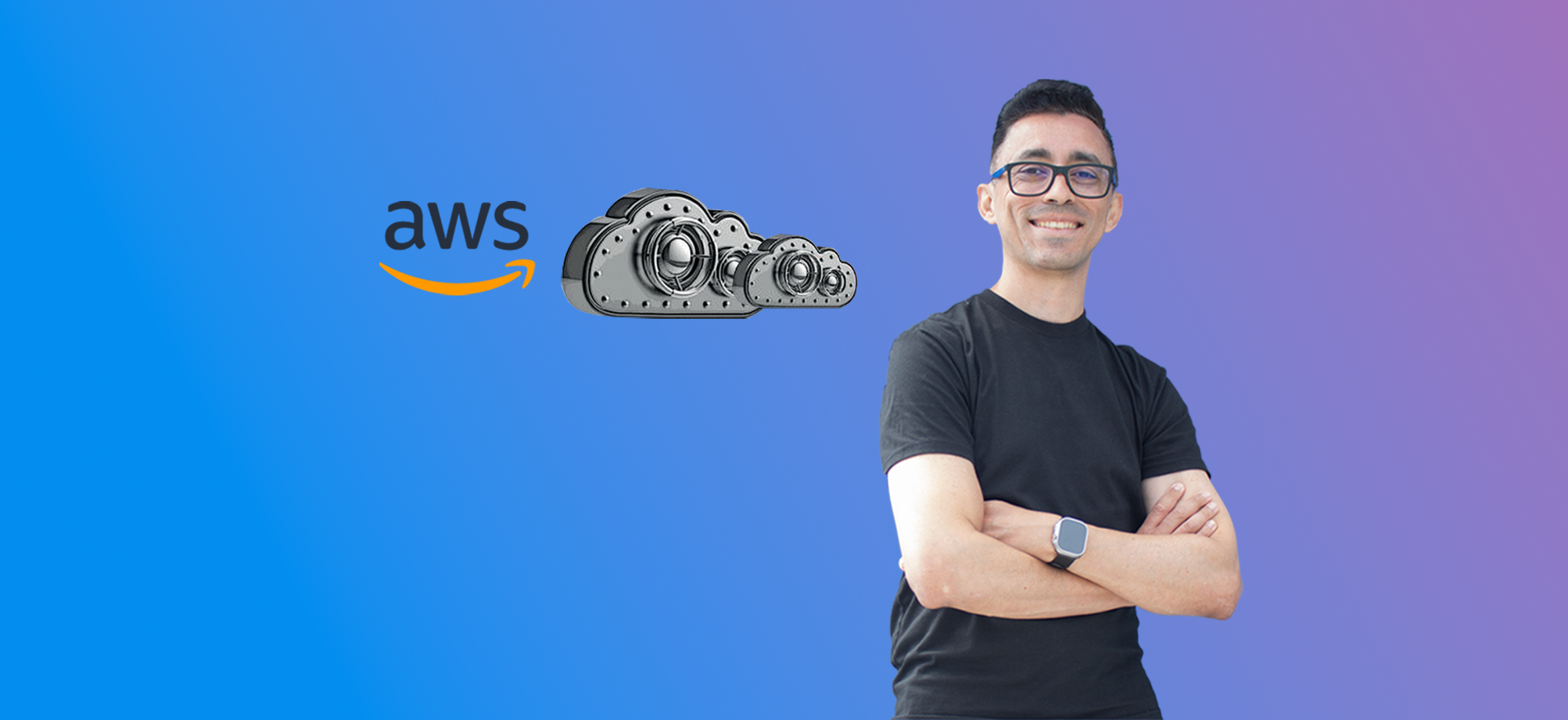When you’re in the early stages of building a startup, there’s one thing you know for sure: time and resources are limited. Choosing the right technology can help you move quickly and efficiently. In this article, we’ll explore what an MVP really is and how AWS can help you move from idea to deployment with minimal fuss.
What is an MVP?
Before diving into AWS, let’s clarify what an MVP is.
The main idea of an MVP is to create basic functionality, test your idea in the market, attract early adopters—those first customers or people excited about your idea and gather feedback. The focus is on speed and feedback, and using that feedback to iterate and improve quickly.
It’s not about building a perfect product; it’s about learning fast. Since you don’t have product-market fit yet, you need to pivot, experiment, and iterate quickly. At this stage, it’s important to keep costs low, complexity manageable, and gather feedback fast.
Key Concepts of an MVP
Here are the key concepts of an MVP to keep in mind:
- No Product-Market Fit Yet: At the MVP stage, you’re still figuring out who your customers will be. Will they be enterprises, small businesses, or from a specific industry like healthcare? You’re not sure yet, so this phase is about testing the waters and finding where your product fits.
- Ability to Pivot Quickly: After launching, you might get feedback that something isn’t working as expected. You need to be ready to make quick changes based on what customers tell you. The technology you choose for your MVP should allow for quick adjustments.
- Keep Costs Under Control: A shiny MVP is great, but if it’s too expensive to build or maintain, it won’t be viable. Keeping costs low is crucial to ensuring the MVP can serve its purpose without draining your resources.
- Technical Complexity is Debatable: The complexity of your MVP depends on your technical background. Deploying an application on AWS might be simple for a coder, but it could be more challenging for others. It’s important to understand that the technical level required will vary based on your skills or the tools you’re using.
- No Customers or Traffic yet: At this stage, it’s difficult to predict how much traffic your application will attract or where it will come from. This uncertainty means you need to stay flexible and prepare for various possibilities.
Why Build Your MVP on AWS?
AWS is the go-to cloud provider for many startups because of its pay-per-use model, flexibility, and scalability.
Cost Efficiency: AWS uses a pay-as-you-go model, which helps you avoid large upfront costs. For startups, where budgets are tight, pay-as-you-go helps manage costs. However, be mindful of the resources you choose - once you’ve created something, like a cluster, you’ll be charged for it, even if there’s no traffic.
Scalability: At the MVP stage, you probably don’t know how much traffic you’ll get. You might attract a few customers or, if you’re lucky, a lot.
AWS provides services that help you scale when the time comes, so you can adjust things as you grow.
Flexibility: Whether you want to use serverless technologies, containers, or even a simple virtual private server, AWS gives you the freedom to choose and change. This flexibility allows you to pivot quickly based on customer feedback as your needs change.
AWS Services for MVP
Now, let’s look at three AWS services that are particularly well-suited for building an MVP.

Serverless (AWS Lambda + API Gateway)
AWS Lambda is a serverless compute service that allows you to run code without worrying about provisioning or managing servers. You can focus on a core part of your MVP while AWS handles the backend—provisioning, patching, and scaling. With Lambda, you only pay for what you use, and if you have no traffic, you pay nothing.
Advantages:
- Run code without managing servers
- Auto-scaling, pay-per-use model - you pay only when you have traffic
- Ideal for APIs and microservices
Drawbacks to consider:
- Some technical knowledge is needed to set up Lambda, especially when using it with API Gateway.
- Lambda runs for 15 minutes, which may not suit applications with long-running processes.
Typical setup: A common approach is to host your front-end on S3 with CloudFront as a content delivery network (CDN), while using Lambdas behind API Gateway to handle your backend processes.
You can start with serverless for the first several months to keep things simple and cost-effective. As your application grows, you can transition to other services. For example, you can create containers and move to ECS (Elastic Container Service) to better manage your scaling needs and more complex workloads.
AWS Lightsail
AWS Lightsail is a Virtual Private Server (VPS) solution that offers a simplified way to set up and manage virtual servers. It’s straight forward because AWS offers you sort of recipes - gives you ready to use or out of the shelf services for you todeploy stuff. It’s great for deploying blog system, control panel, some aplications that come out of box ready for you to use. You don’t need to configure anything. You get the power of AWS without having to deal with the complexity of EC2 or other more advanced services.
Advantages:
- Virtual Private Server (BPS) with simplified setup
- Pre-configured options for fast deployment
- Predictable monthly pricing
Drawbacks to consider:
- Lightsail is not serverless, so you pay for the server running, regardless of traffic.
- It’s not as scalable as Lambda or other fully-managed services, but for an MVP, it’s more than enough.
AWS App Runner
AWS App Runner is a fully managed service designed to deploy web applications and APIs quickly using containers without having to create things from scratch. It automatically scales based on traffic and is ideal for startups that prefer containerized applications without the complexity or additional features of more advanced services like ECS. With App Runner, deployments are automated, so there’s no need to invest time in complex CI/CD setups.
Advantages:
- Deploy containerized applications and API’s
- Source from GitHub or container images
- Fully managed with auto-scaling
Drawbacks to consider:
- App Runner is more complex than Lightsail, but it offers more flexibility for container-based applications.
- It might not be suitable if you need to run more than one process per container, which could make a Lightsail VPS a better option.

Best Practices for Startups Building MVPs
Based on years of experience helping startups with AWS, here are a few best practices to keep in mind:
- Start Small and Focus on Feedback. Don’t get too caught up in building a perfect product from the start. Focus on launching something functional, and then gather feedback from real users. Your early customers will help you shape your product into something that fits the market.
- Keep Costs Under Control. Monitor costs with AWS Budgets and Cost Explorer.
- Use AWS Free Tier for the first 12 months. Some AWS services are free for the first 12 months, while others are always free, depending on your traffic and usage hours per service. Always check the documentation, because Free Tier Policy is based on services.
Build Fast, Scale as Needed and Iterate based on feedback
The main takeaway for startups building their MVP on AWS is this: don’t overthink it. Use the flexibility and scalability of AWS to pivot quickly based on customer feedback and evolving business needs.


